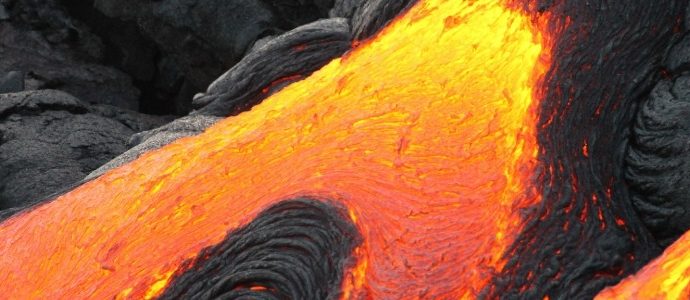Volcanoes Speak Up – Mauna Loa Erupts in Hawaii, and New Data From Yellowstone Supervolcano
After decades of slumber, the world’s largest active volcano has awakened, with a new eruption starting at the summit of Hawaii’s Mauna Loa late last month; and although there is no danger of an imminent eruption from the caldera at Yellowstone, it has been discovered that there is more magmaread more
